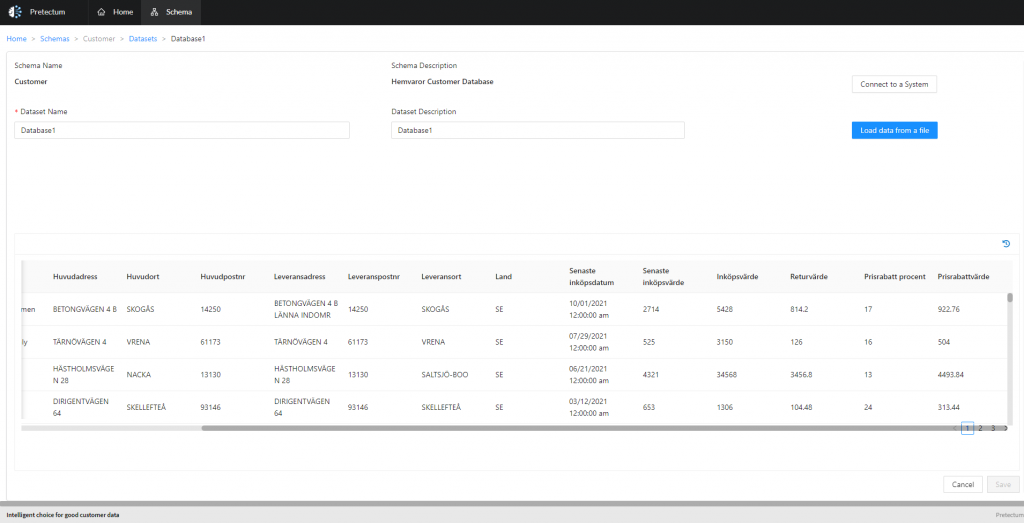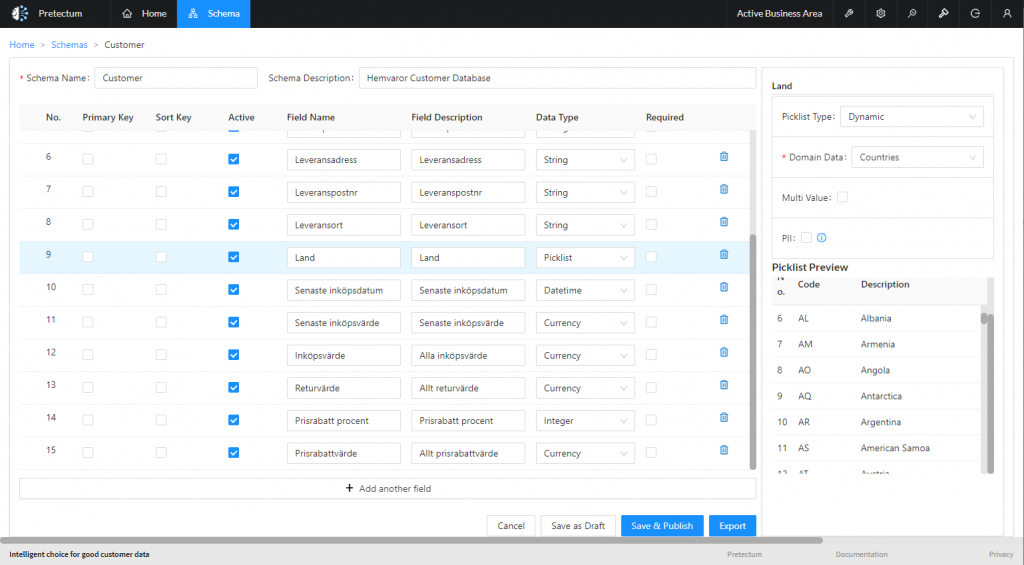Who exactly are your best customers? Do you have a way of working out who they are? Most important of course is working out whether the ‘best’ customers that you have, are in fact the kinds of customers that you really want. For that, you have to be clear about what your customer targeting and selection criteria are.
It’s easy to think that any customer that is prepared to hand money over to you, is a customer worth having, but that’s not necessarily the case.
You could also argue, that any customer that has a need, want or expectation that is aligned with what you want to sell or offer is a good prospect but that assumes that you have a relatively homogenous cost to serve for all prospects.
Your sales and marketing leadership no doubt will have gone through an exercise of defining your ideal buyer persona but personas don’t always accurately translate into real customers and they always have a degree of aggregated characteristics that make the definition sub-optimal.
If you already have goods and services in the market, then the chances are that revenue is being used as the sole method of calculating customer value. The math is simple, sort your customer list from highest revenue to lowest revenue and see who the top n customers are. That sounds simple, and it is, but perhaps it is too simple.
Revenue is important, it often drives business profitability but the actual contribution of any two customers may look quite different. Sorting by revenue may not be the smartest approach to use.
A number of other variables impact the lifetime value of the customer and those include the actual product or service costs, the associated selling costs, and any support costs, just for starters. There isn’t some magic formula here, but there is a degree of spidey sense that needs to be factored into how you determine your most valuable customers and the simple revenue and costs model may not be a perfect way.

When you use this profitability model when examining your customers you of course need to factor in costs like advertising, engagement, promotions, free trials, samples, discounts, concessions, perk and rewards. The list could get quite long and the cost to serve quite high. Examination of customer profitability helps you really think about your audiences and if you can afford to be more discerning, it might involve turning away, ignoring or serving certain kinds of customers in a very particular way.
You may find for example that the classic Pareto rule applies, where 20% of your customers provide 80% of your profitability or even that 80% of your costs to serve are focused on 20% of your customers.
Pretectum CMDM doesn’t provide you with a prescription for working out CLV , nor does it dictate exactly what your approach should be for setting a threshold or evaluation criteria for customers and prospects but what it does allow you to do, is to collate and store any determining values that you might have for your customers, alongside the other critical pieces of master data that you consider important when evaluating your customers.

The flexibility of you being able to define your own data models and schemas means that there are pretty much no limits to what you could do with your customer data in terms of appending attributes. Most important though, is that those attributes can be leveraged in multiple journeys with the customer or through interactions with customers by your staff.
As you grow your customer base you may find that those that you thought were valuable, now, perhaps look different in a new light.
Only by building the data and making sure that it is maintained and accessible can you be sure that you have a solid foundation for better customer insights and decision making. The end result might be that you develop new plans and strategies for customer acquisition and retention and perhaps even identify higher-margin products and services that are quick and easy to sell to specific audiences.
Contact us today to learn more about how you could benefit from the Pretectum Customer Master Data Management advantage.


